Sony’s Cyber-shot RX10 line has redefined what we can expect from superzoom compacts, but can the latest in the line score the company a hat trick? Matt Golowczynski finds out in this RX10 III review
Sony Cyber-shot DSC-RX10 III review
Sony Cyber-shot DSC-RX10 III review: Dynamic range, resolution and noise
The Sony Cyber-shot RX10 III makes use of a 20.1MP 1inch CMOS sensor of the kind that has been employed in Sony’s recent RX models. Although Sony hasn’t explicitly made any claims regarding improvements over the performance of the RX10 II, there appear to be (very) slight changes for the better here with regards to dynamic range and resolution – although the the latter will be a refelciton fo the lens as well as the sensor.
Dynamic range at the lower end of the ISO scale is perfectly respectable, and while considerably lower later on, the drop isn’t any deeper than expected. The impressive resolution may please those using the camera to capture images with finely detailed subjects such as birds or wildlife, while the respectable noise performance also means it may be used in poorly lit environments with success.
Dynamic range:
Unsurprisingly, our Applied Imaging tests show the RX10 III’s sensor to offer similar dynamic range to that of the RX10 II. At its base ISO of 100 it offers 12.5EV, on a par not just with many Micro Four Thirds cameras, but also some APS-C DSLRs. Readings fall only slowly to 11.6EV at ISO400, but drop off more quickly at higher sensitivities. Nonetheless 8.0EV at ISO3200 is quite respectable, but higher ISOs will show noticable shadow noise.
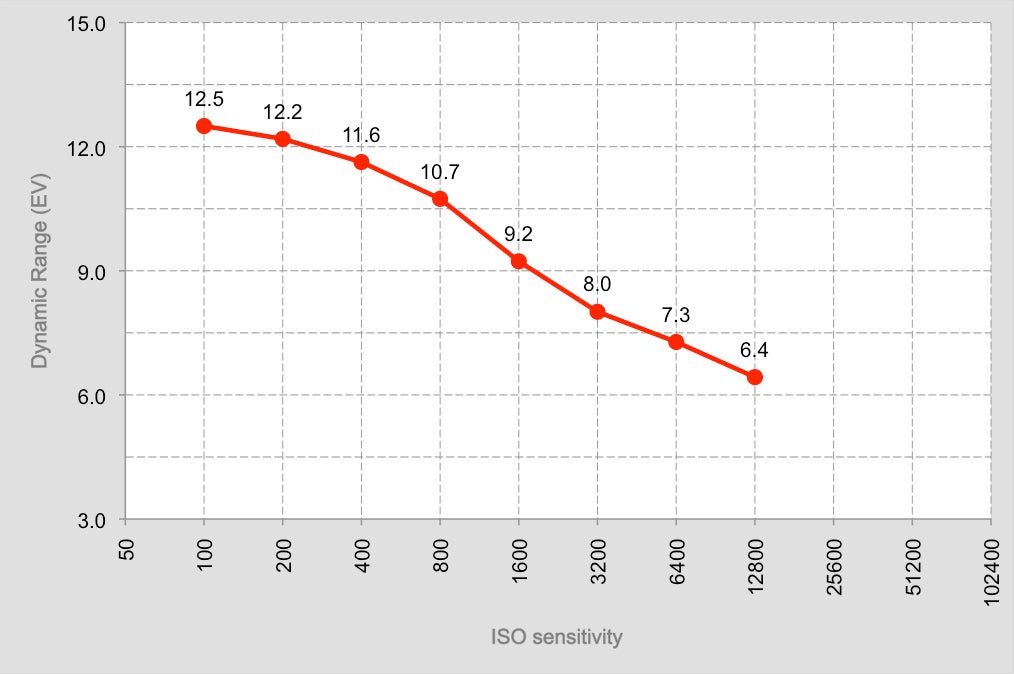
Resolution:
Despite the much more ambitious lens design compared to the RX10 II, it’s pleasing to see that resolution remains at least as good. JPEGs show 3200l/ph resolved at ISO 100 and 2600l/ph at ISO 6400, and the fall in resolution follows the familiar pattern of slight changes at the lower end of the spectrum and more defined jumps through the middle and higher settings. Raw files do show a slight advantage over JPEGs, with 3400l/ph at low ISO settings falling to 2700l/ph at ISO 6400.
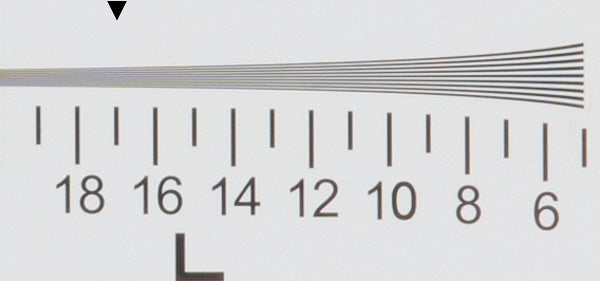
RAW ISO 64
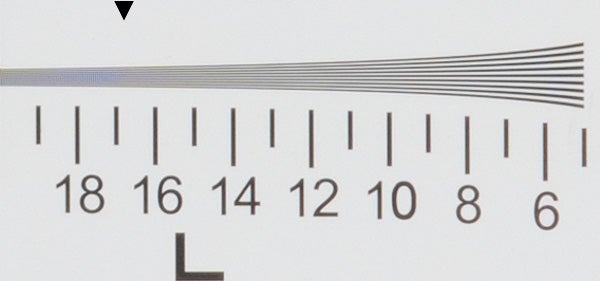
RAW ISO 100
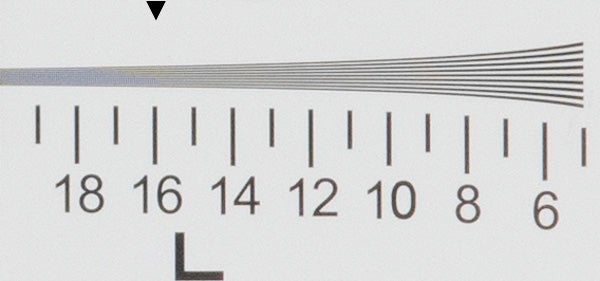
RAW ISO 400
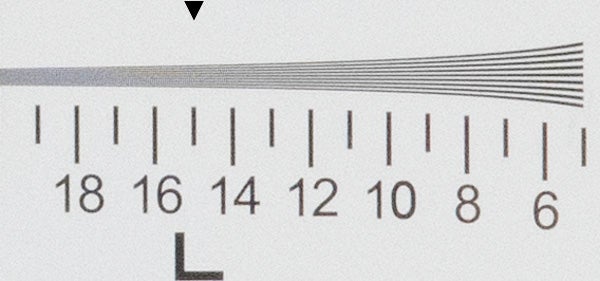
RAW ISO 1,600
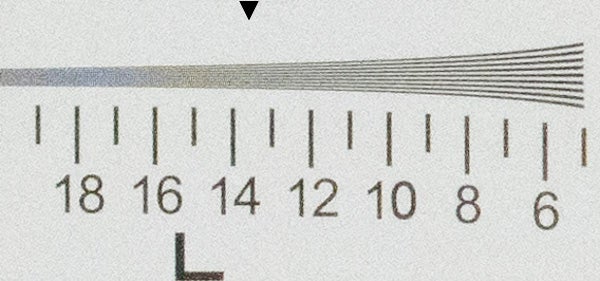
RAW ISO 6,400
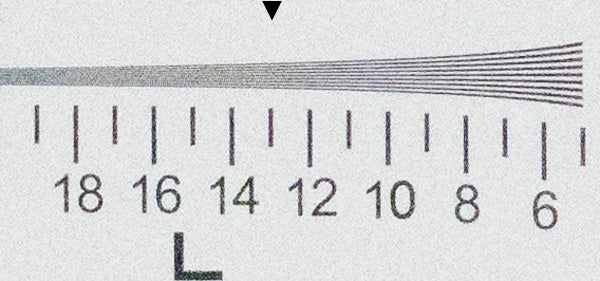
RAW ISO 12,800
Noise:
Both raw and JPEG images taken from our diorama scene are captured at the full range of ISO settings. The camera is placed in its default setting for JPEG images. Raw images are sharpened and noise reduction applied, to strike the best balance between resolution and noise.
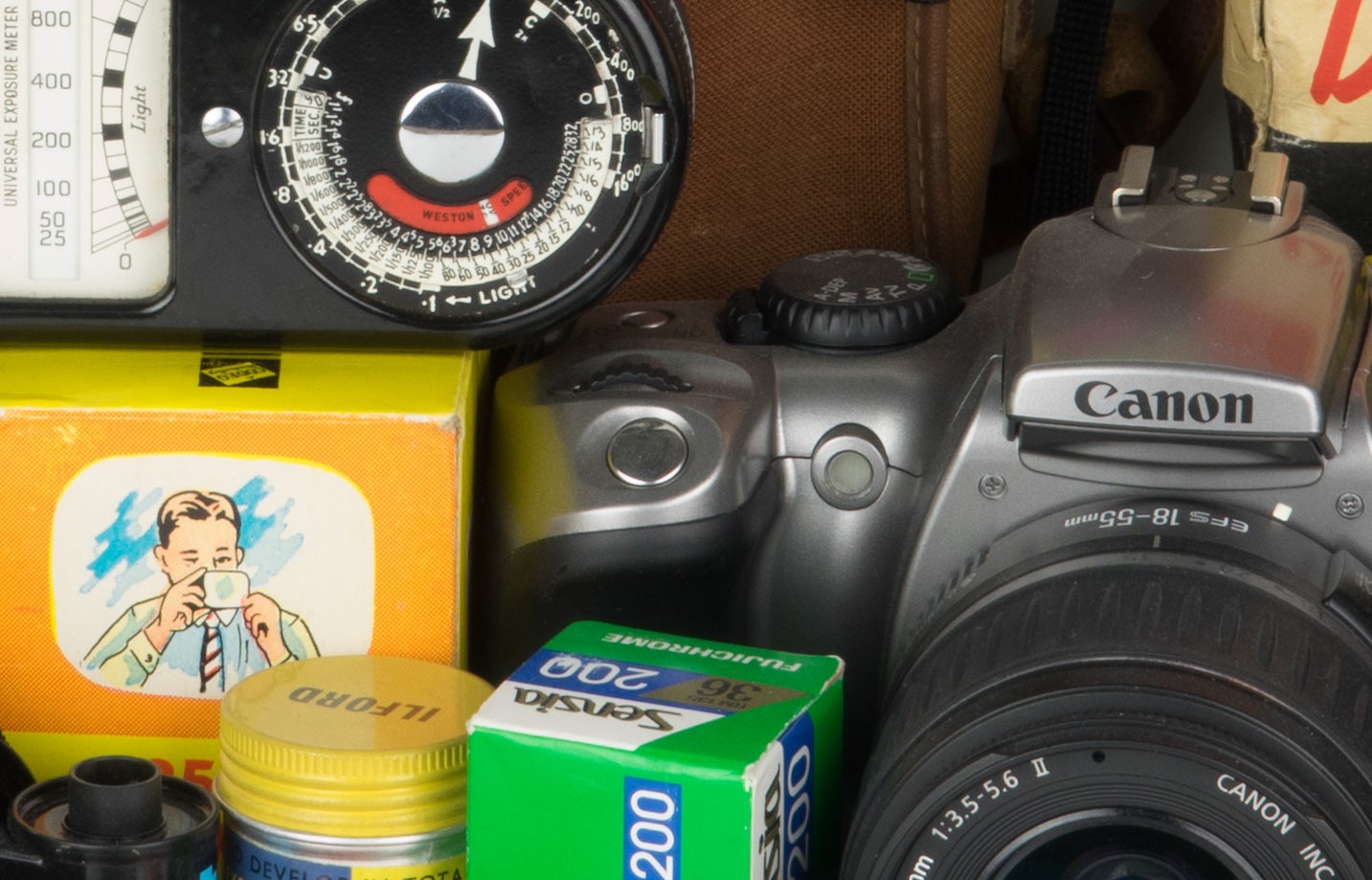
RAW ISO 64
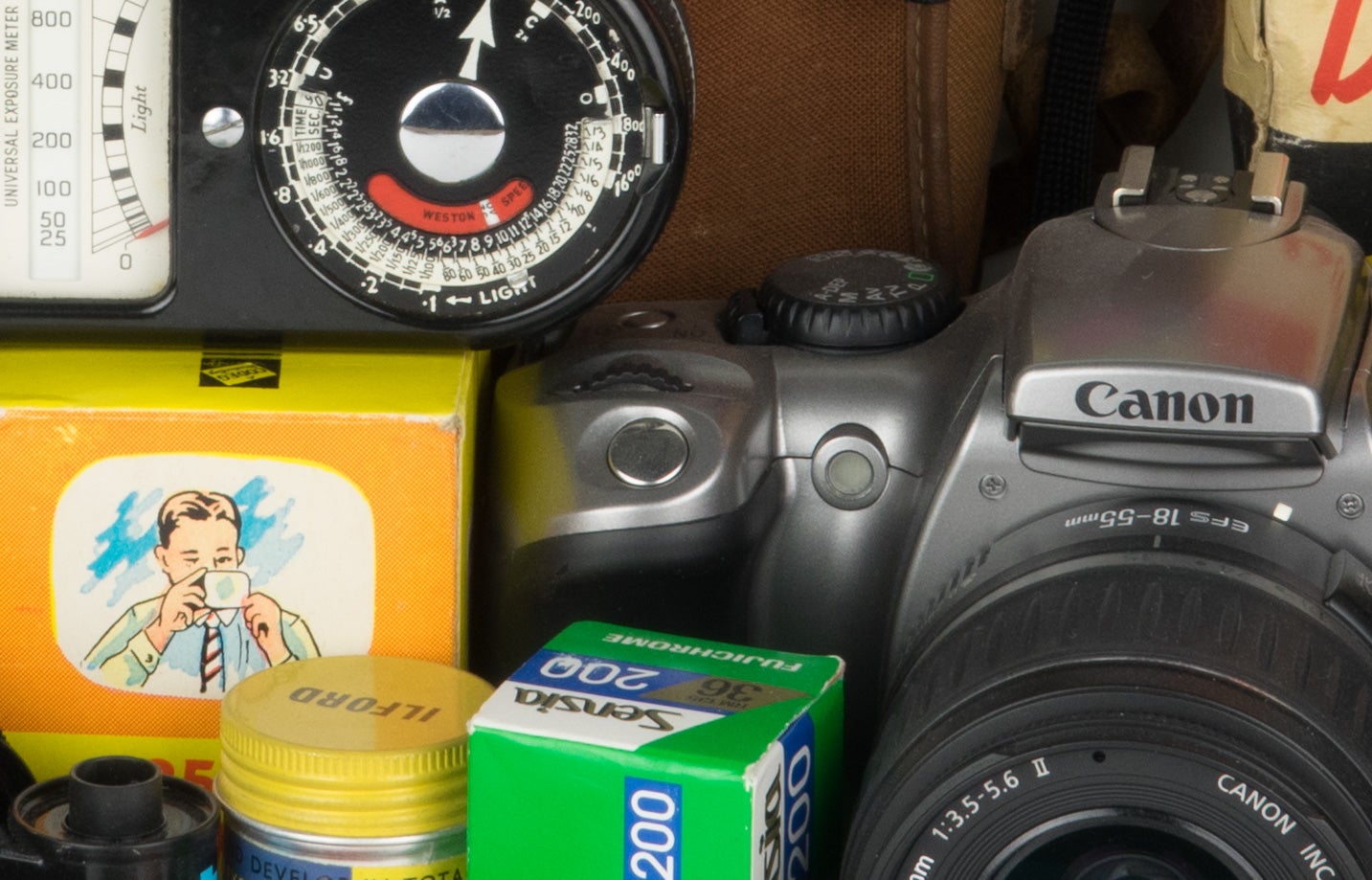
RAW ISO 100

RAW ISO 400
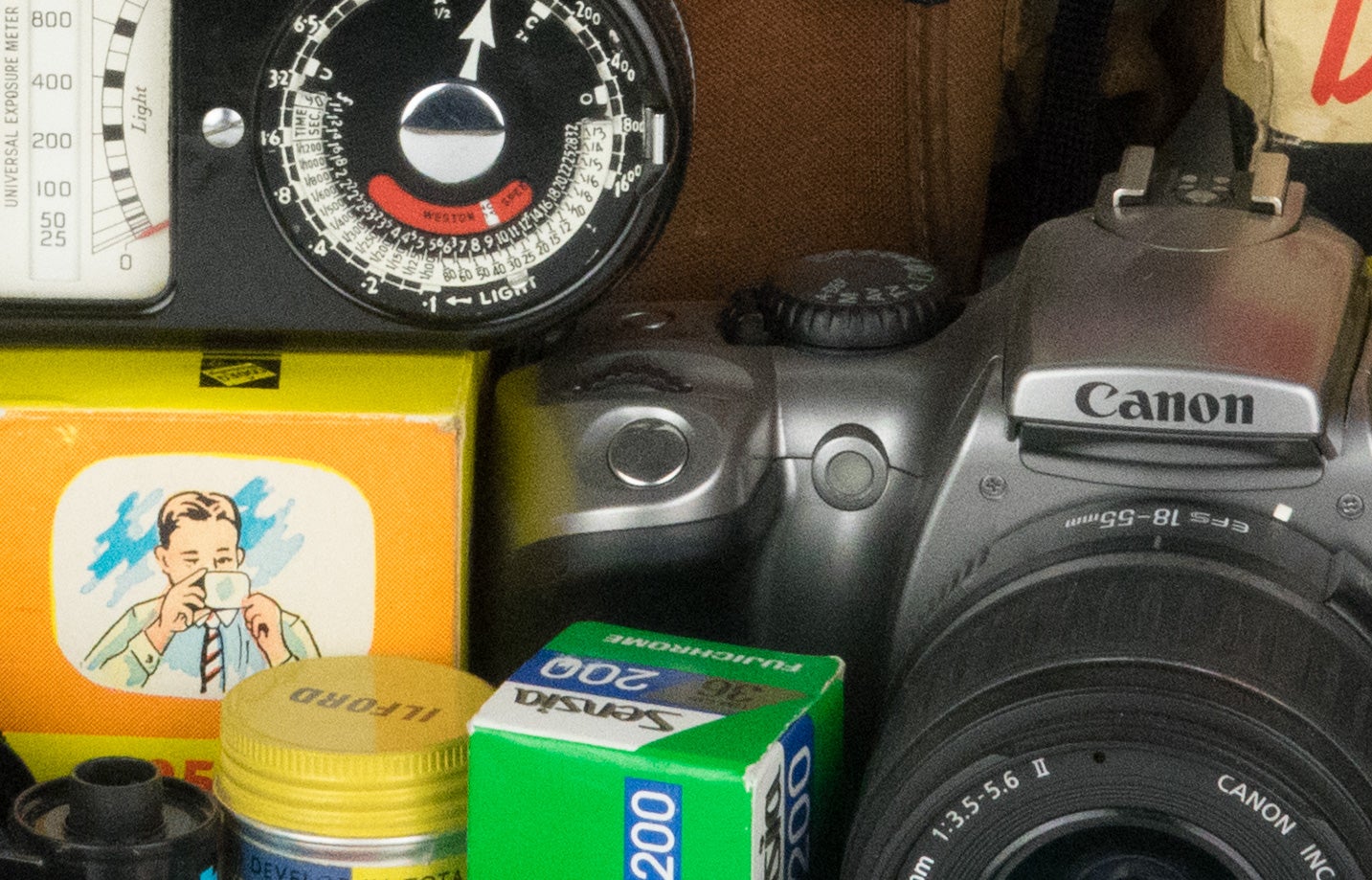
RAW ISO 1,600
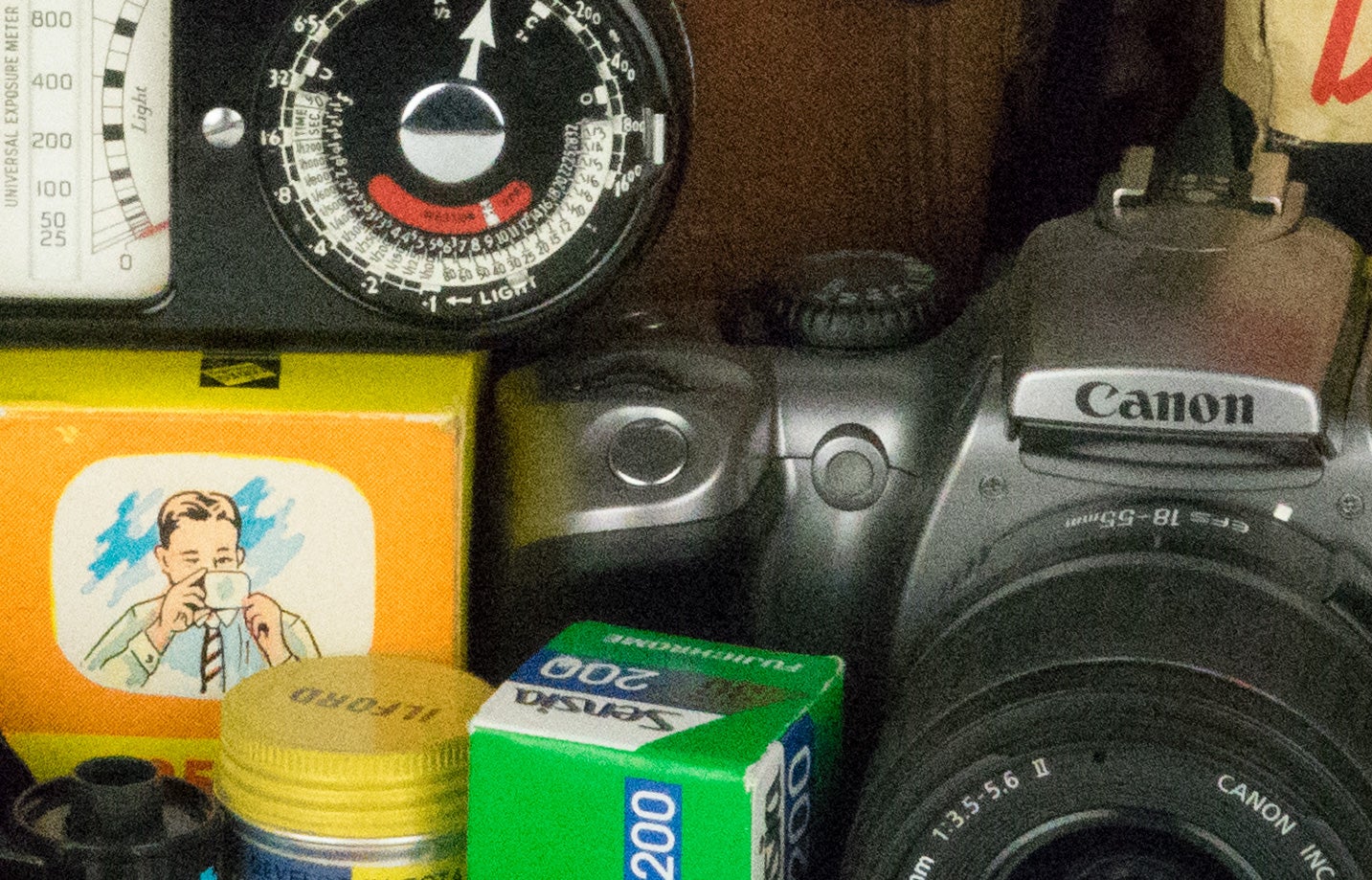
RAW ISO 6,400
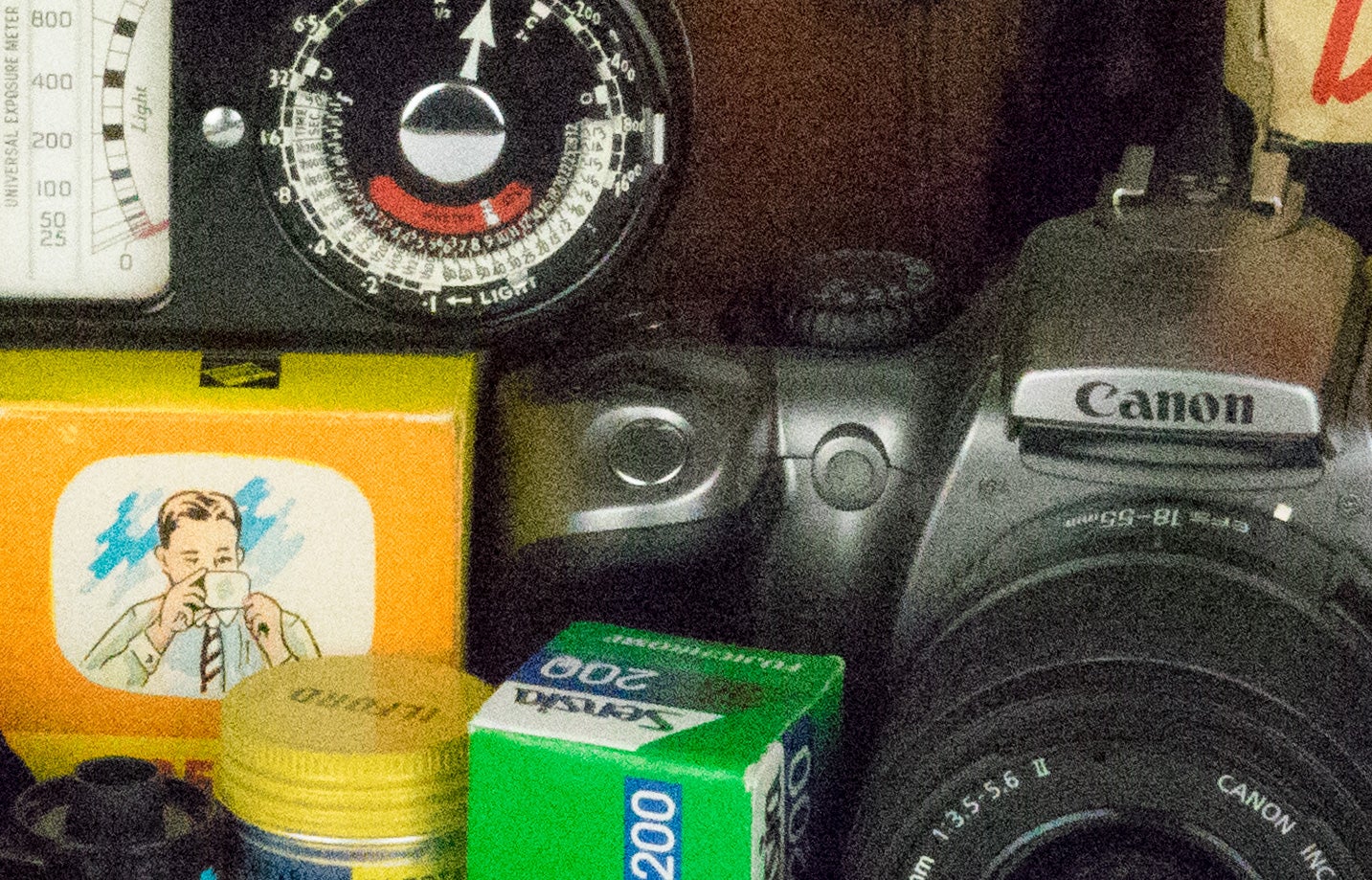
RAW ISO 12,800
The camera has its standard sensitivity range of ISO 100-12800 augmented by expansion settings equivalent to ISO 64 and ISO 80 (at the usual expense of highlights potentially clipping to white sooner). At lower sensitivities there’s not much to grumble about with regards to noise, with clean and detailed images. Integrity is maintained very well up until around ISO 1600, and even after this point it stays decent, although as is the case with many cameras, the top setting – that is, ISO 12,800 – is best reserved for when absolutely necessary. Processing Raw files carefully can result in very good detail in images captured throughout much of the sensitivity range, and although the effects of noise reduction make themselves known, it’s still possible to end up with a perfectly good level of detail in many scenes up to ISO 1600 at least.




